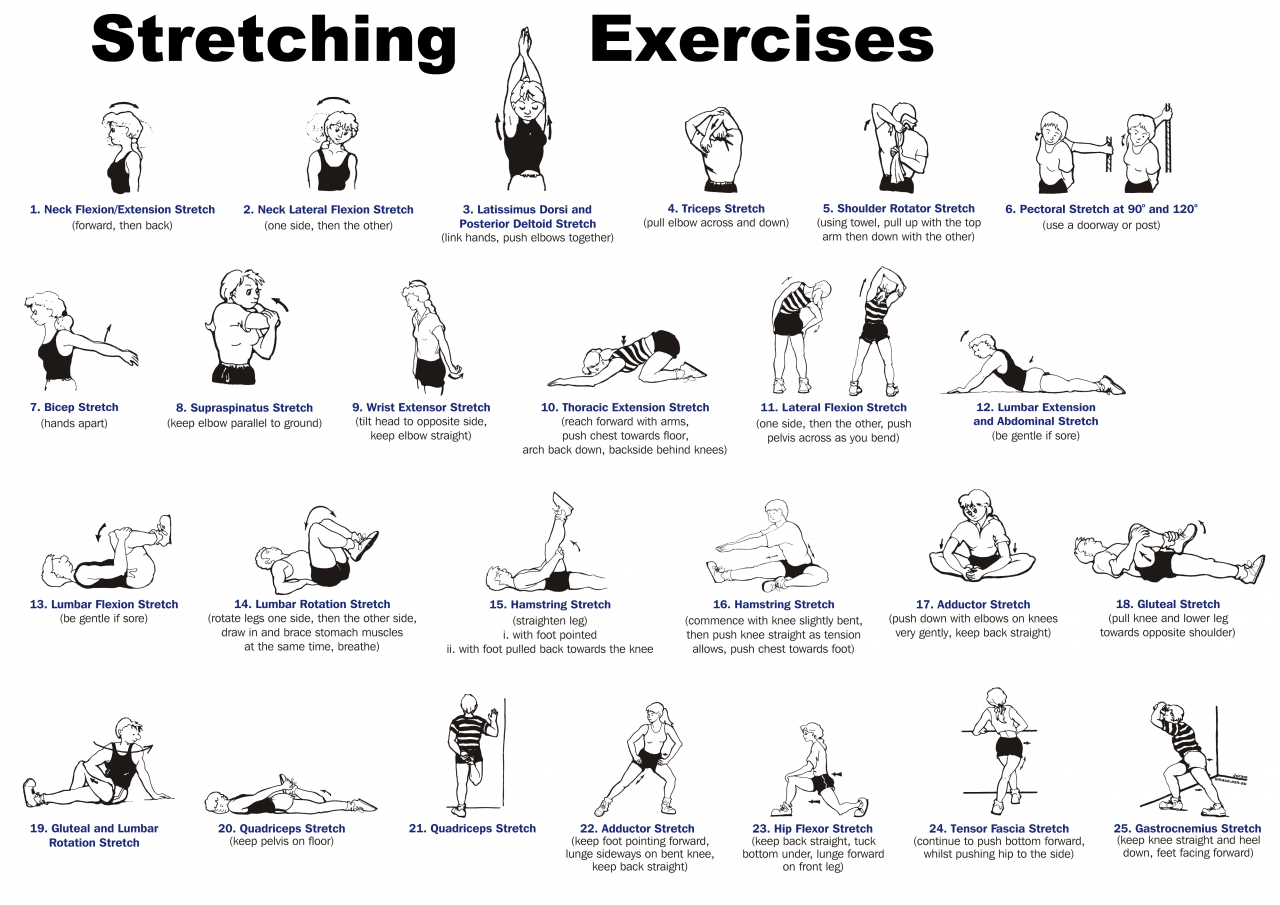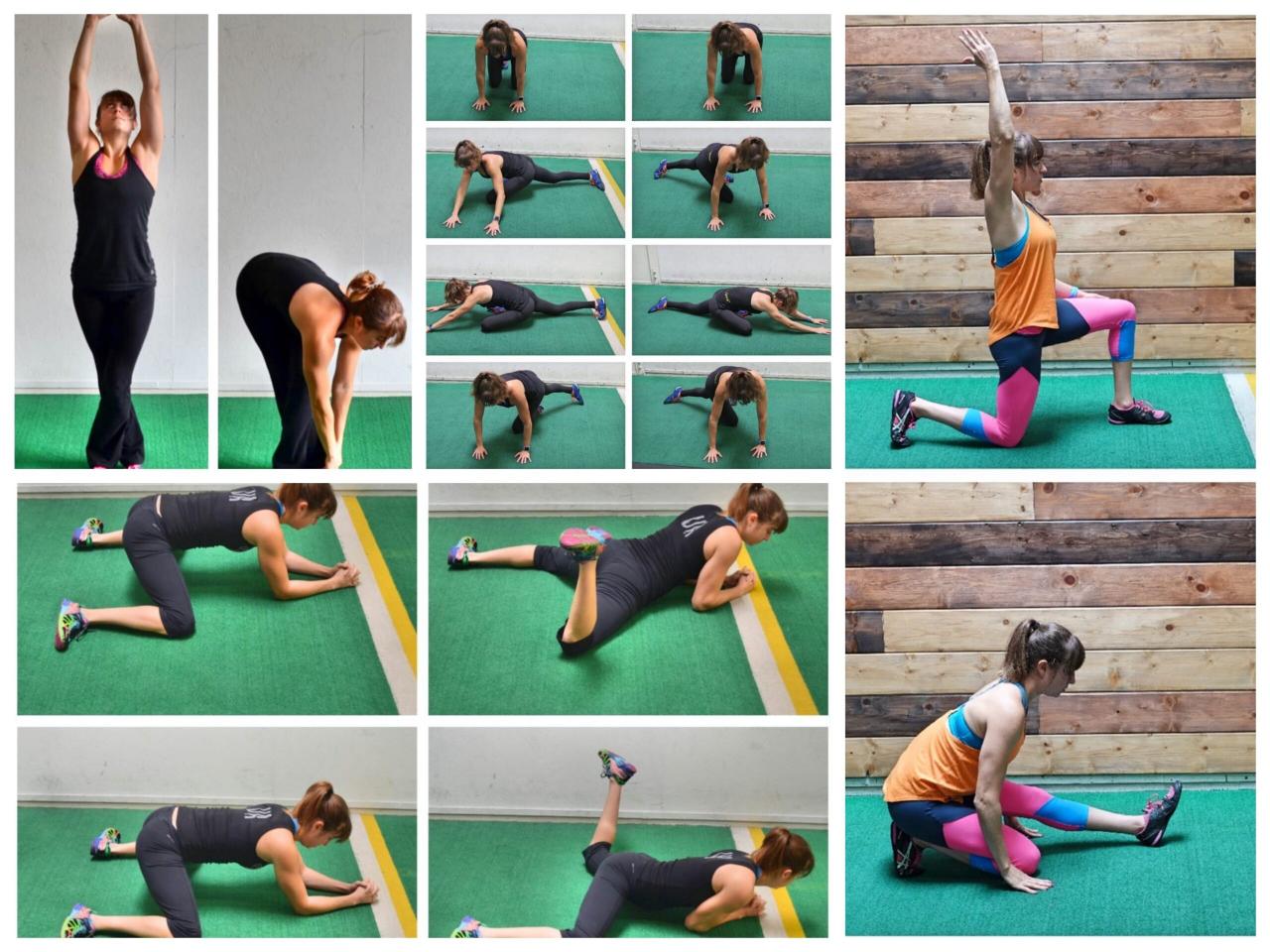
Explain why regular exercise is the best way to prevent flexibility issues. – Regular exercise is the best way to prevent flexibility issues, ensuring optimal mobility, reducing pain, and preventing injuries. Engage in this exploration to understand why exercise reigns supreme in maintaining supple muscles and joints.
Mothers are the cornerstone of our families, and on Mother’s Day, we celebrate their unwavering love and dedication. From heartfelt messages to thoughtful gestures , there are countless ways to express our gratitude for the extraordinary women who have shaped our lives.
Even those who have passed on remain in our hearts, as we cherish their memory and the lessons they taught us .
Delving into the mechanisms, benefits, and comparisons with other methods, this article unveils the unparalleled advantages of exercise for flexibility enhancement.
Introduction

Flexibility is crucial for overall health and well-being, enabling us to move freely and efficiently. Reduced flexibility can lead to pain, injuries, and restricted mobility, affecting our quality of life. Regular exercise emerges as the most effective means to prevent and improve flexibility.
Benefits of Regular Exercise for Flexibility
Regular exercise helps improve range of motion and flexibility by:
- Increasing muscle elasticity
- Improving joint mobility
- Reducing muscle stiffness
Specific exercises that enhance flexibility include:
- Dynamic stretching (e.g., leg swings, arm circles)
- Static stretching (e.g., holding a stretch for 30 seconds)
- Yoga and Pilates
Regular exercise improves flexibility in everyday activities, such as:
- Reaching overhead to grab items
- Squatting down to tie shoes
- Getting out of a chair without using hands
Mechanisms of Exercise-Induced Flexibility Improvement
Exercise-induced flexibility improvement involves physiological adaptations:
- Increased collagen synthesis: Exercise stimulates the production of collagen, the protein responsible for tissue elasticity.
- Improved muscle spindle sensitivity: Exercise reduces the sensitivity of muscle spindles, which can inhibit muscle relaxation.
- Enhanced neural control: Exercise improves the coordination between muscles and joints, allowing for smoother movements.
| Mechanism | Effect |
|---|---|
| Increased collagen synthesis | Enhances tissue elasticity |
| Improved muscle spindle sensitivity | Reduces muscle inhibition |
| Enhanced neural control | Improves muscle-joint coordination |
Comparison to Other Methods of Improving Flexibility, Explain why regular exercise is the best way to prevent flexibility issues.
Regular exercise has advantages over other flexibility improvement methods:
- Stretching alone:Exercise provides a more comprehensive approach, addressing both flexibility and strength.
- Flexibility devices:Exercise is more cost-effective and accessible.
| Method | Effectiveness | Cost | Accessibility |
|---|---|---|---|
| Regular exercise | High | Low | High |
| Stretching alone | Moderate | Low | Moderate |
| Flexibility devices | Low | High | Low |
Final Thoughts

In conclusion, regular exercise stands as the most effective and comprehensive approach to preventing flexibility issues. Its ability to improve range of motion, enhance joint health, and promote overall well-being makes it the cornerstone of a healthy and active lifestyle.
Mother’s Day is not just an American holiday; it is celebrated worldwide. In Vietnam, the occasion is known as “Ngày của Mẹ,” and it is a time to honor mothers with traditional gifts and heartfelt expressions of love and appreciation.
Q&A: Explain Why Regular Exercise Is The Best Way To Prevent Flexibility Issues.
Why is flexibility important?
Flexibility allows for greater range of motion, reducing the risk of injuries, improving posture, and enhancing overall mobility.
What are the consequences of flexibility issues?
Flexibility issues can lead to pain, discomfort, reduced mobility, and increased risk of injuries.
How does exercise improve flexibility?
Exercise helps improve flexibility by increasing muscle elasticity, improving joint range of motion, and promoting blood flow to muscles and joints.
What types of exercises are best for flexibility?
Dynamic stretching, static stretching, and strength training exercises are all effective for improving flexibility.






